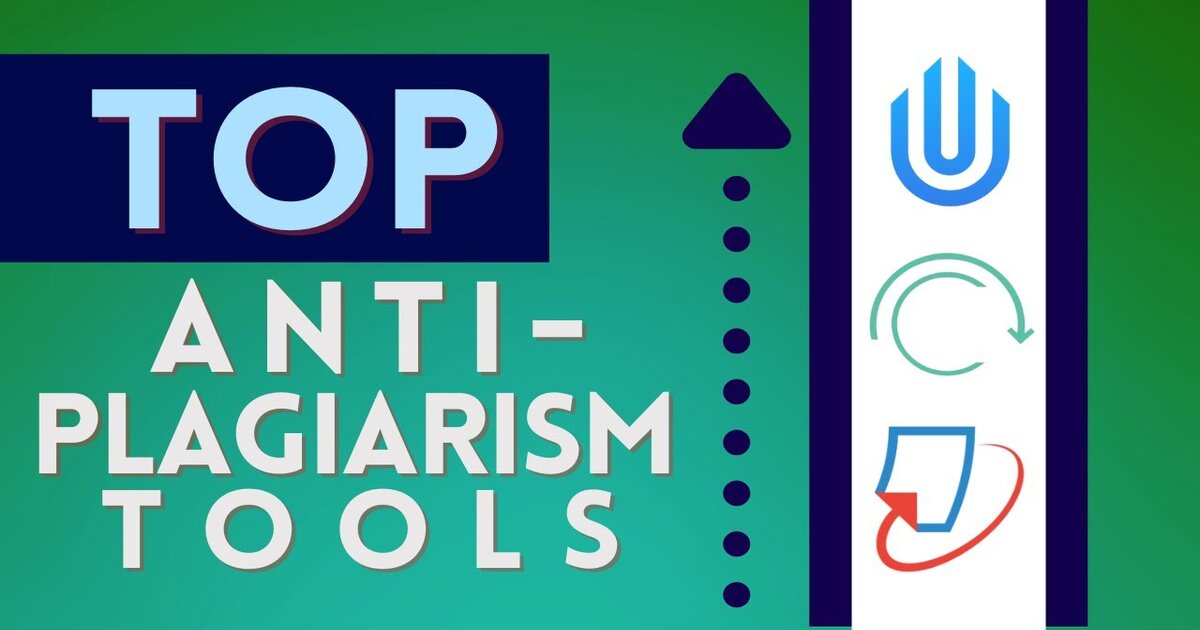If you are a Content Writer or Blogger, then to check your content, your content is not being used by anyone else. Or the content you are using does not belong to anyone else. So it would be a lot of trouble to find out how to find out, so in this post you will discuss about some free and best Plagiarism Checker tools used by Blogger and Content Writer. Best Free smallseotools plagiarism checker.
What is Plagiarism?
Plagiarism means stealing the work done by another person and using it without giving credit to anyone, whether it can be content or document or anything else.
What is Plagiarism Checker?
Let us now understand what is plagiarism checker, plagiarism checker is such a web application software, with the help of which you can easily check any document or content whether it is duplicate content or not. Plagiarism checker tool is very useful. Let’s check the content or document with depth. Some plagiarism checkers are very special, which find out the similarity in words very easily.
Free plagiarism checker Tools
1. SMALLSEOTOOLS
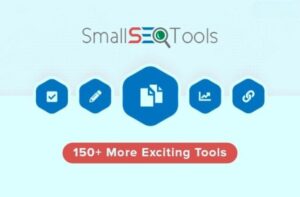
Most bloggers use SmallSeoTools and this is a very popular tool, in this you can easily check the content made in English and Hindi or any other language and it checks the content with great depth and in % percentage.
Shows all the results. This tool can be used very well for free and that too at a very good level, you can use it and if you want to use it at an advanced level, then you can use it by paying some money. In this you get many options which are very important for a blogger.
2. COPYSCAPE
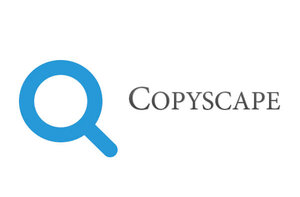
Copy Scape is a very good tool which provides free facility, using it you can easily find out whether someone has used your content or you have used someone’s content. In this, you just have to paste the URL of the content in the search bar and CopyScape detects it and tells you. And this tool works very deeply with Hindi blog, English blog and other language blog.
In this, you will be able to check only 5-6 articles of any one website, it means to say that there is a limit inside this tool and if you want to use this tool at the advanced level, then you have to pay some money. Only then you can use its advanced tool. By the way, you can easily check the content made in Hindi and English for free and it is considered a very good tool.
3. PLAGIARISM DETECTOR
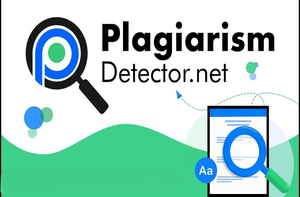
Plagiarism Detector Tool This is considered to be a very good Hindi plagiarism checker tool and the biggest feature of Plagiarism Detector Tool is that it is completely free.
In this, you have to copy and paste the content and by clicking on the button given below, you can find out how much plagiarism is there, in this you also get some other facilities like Extra Level Plagiarism Search and separately You can check result details and many more using this tool which is completely free of cost.
4. Duplichecker
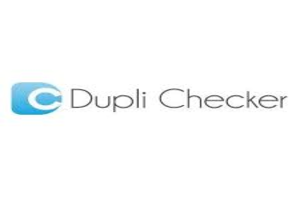
Duplichecker is such an online system software which is capable of catching Plagiarism very easily and by using it you can easily check the articles of the blog and it is absolutely free.
DupliChecker tool also shows the result of Plagiarism within a few seconds. In this too, you can get the details of the content by copying and pasting the content and clicking on the button below.
In this you have to register in which you can do 50 free searches which will be absolutely free. And if you do not register then you can do only 01 free search. So it would be better that once you register it, use it as much as you want.
Conclusion
In conclusion, plagiarism is a serious concern for bloggers and content writers, as it undermines the integrity and originality of their work.
Thankfully, there are several free and reliable plagiarism checker tools available to help ensure the authenticity of content. SmallSEOTools, Copyscape, Plagiarism Detector, and DupliChecker are among the top choices, offering various features to suit different needs.
By using these tools, content creators can verify the originality of their work, maintain credibility, and uphold ethical standards in their writing practices. Overall, incorporating plagiarism checker tools into the content creation process is essential for fostering trust with readers and peers in the digital landscape.
